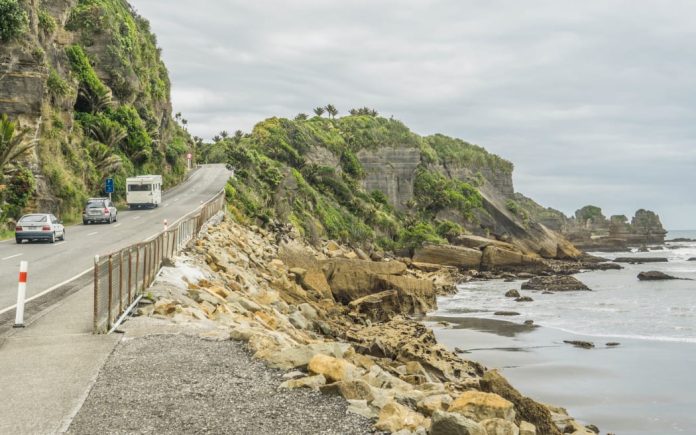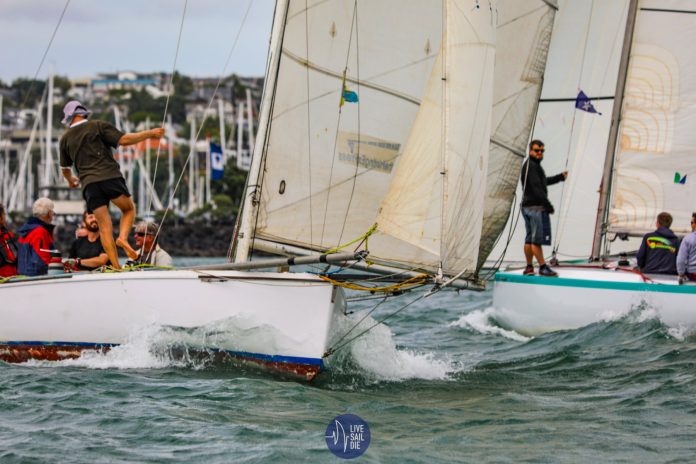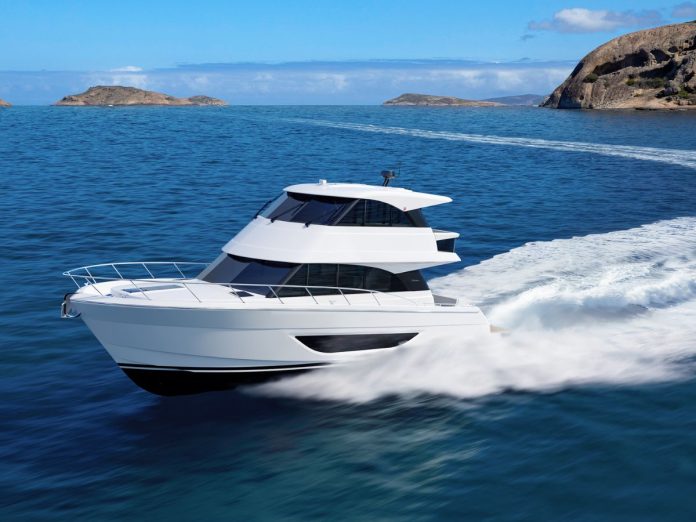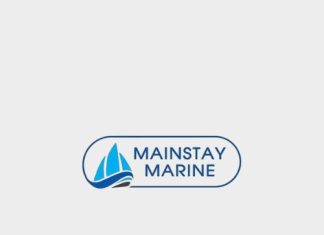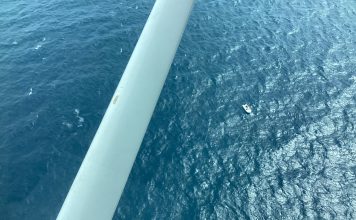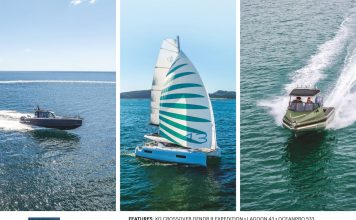While today’s antifoul coatings come in a wide range of brands, types and colours, the evolution of how we got here
is quite surprising.
Way back…
The earliest written records from the 5th century BC highlight the widespread use of various natural substances, including tar, wax, or oil, to create a smooth surface preventing marine organisms from attaching themselves, as well as making hulls more waterproof.

In the 4th century BC Aristotle highlighted the remora fish as the main culprit for slowing down (or even completely stopping) ships during transits across the Mediterranean Sea, with the Greeks using a mix of arsenic and sulphur blended with oil to combat fouling. Despite this treatment, the philosopher and historian Plutarch asserted it was commonplace to scrape weeds and filth off a ship’s sides to make it travel more easily through the water.

Dutch physician and author Laevinus Lemnius highlighted the lack of development in antifoul treatments almost 2,000 years later when he wrote in 1559 “shell-fish and a little fish called Echeneis stick so fast that they will stop ships, and hinder their courses, therefore our men use to rub them off with sharp brushes, and scrape them away with irons that are crooked for the purpose, that the ship being tallowed and careened well and smoothly may sail the faster.”
Gaining traction

The first coating ever recorded as a protection against fouling was a composition patented by William Beale in 1625. This was composed of powdered iron, cement, and some type of copper compound. Two other solutions for “gravings against the worm” (shipworms were a major maritime pest which would bore into the hull causing severe damage over time) were also patented in the 17th century. A fourth was granted in 1670 to Howard and Watson for a coating composed of tar and resin in a varnish of beeswax, crude turpentine, and granulated lac dissolved in grain alcohol.
Finally a breakthrough…

However the first significant innovation in modern antifouling systems arrived in the early 18th century when it was found that copper had significant antifouling properties.
In 1758 the HMS Alarm, a 32-gun frigate, was sheathed with thin copper “for an experiment of preserving it against the worm.” The copper performed very well, both protecting the hull from worm invasion and stopping weed growth. This was due to copper producing a poisonous film when exposed to water, deterring marine organisms. As well as this, the film was slightly soluble, and gradually washed away, leaving no ability for the marine foul to attach itself to the ship.
Some sources state that British naval surgeon Dr James Lind (who was also instrumental in helping to combat scurvy with lemons) also conducted an experiment in which he coated one side of a ship’s hull with a mixture of copper and arsenic, while leaving the other side untreated. He found that the copper-coated side had significantly less fouling than the untreated side.
Due to this success, copper sheets were for a time attached to the hull of many ships, however this was a costly and time-consuming solution. Therefore the next big technological advance came in 1850 when the Bonnington Chemical Works began marketing copper-sulphide anti-fouling paint.
With this new development, the antifoul industry exploded with innovation, with some 213 anti-fouling patents being recorded by 1872 – many of these becoming the precursors of the modern antifoul coatings we have today.
Words by Tom O’Neil Photography supplied












